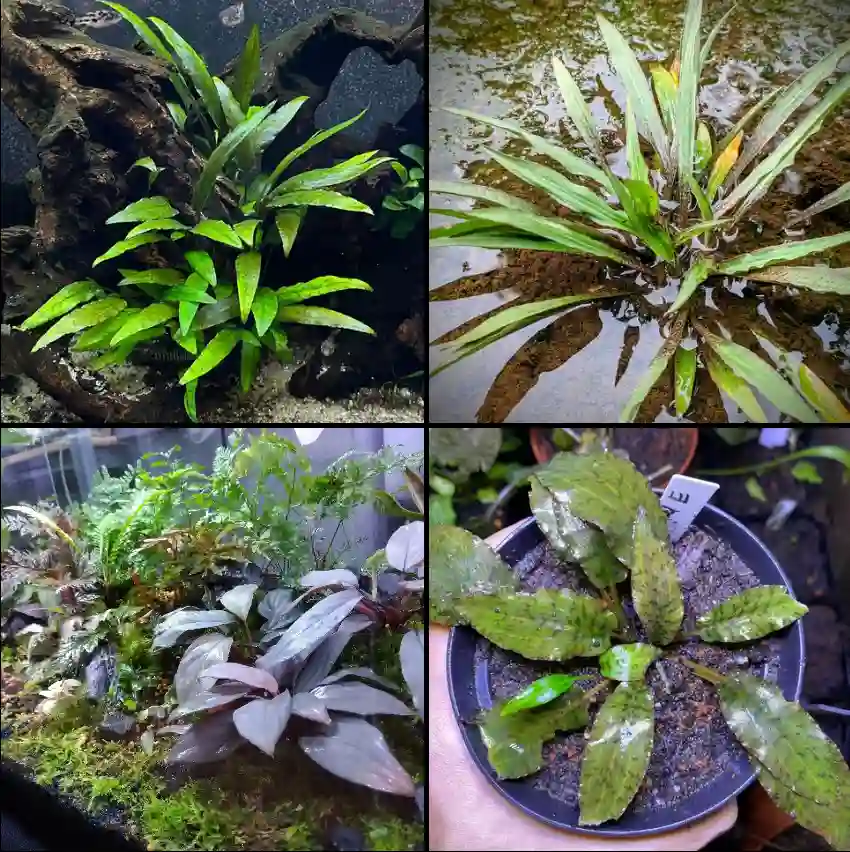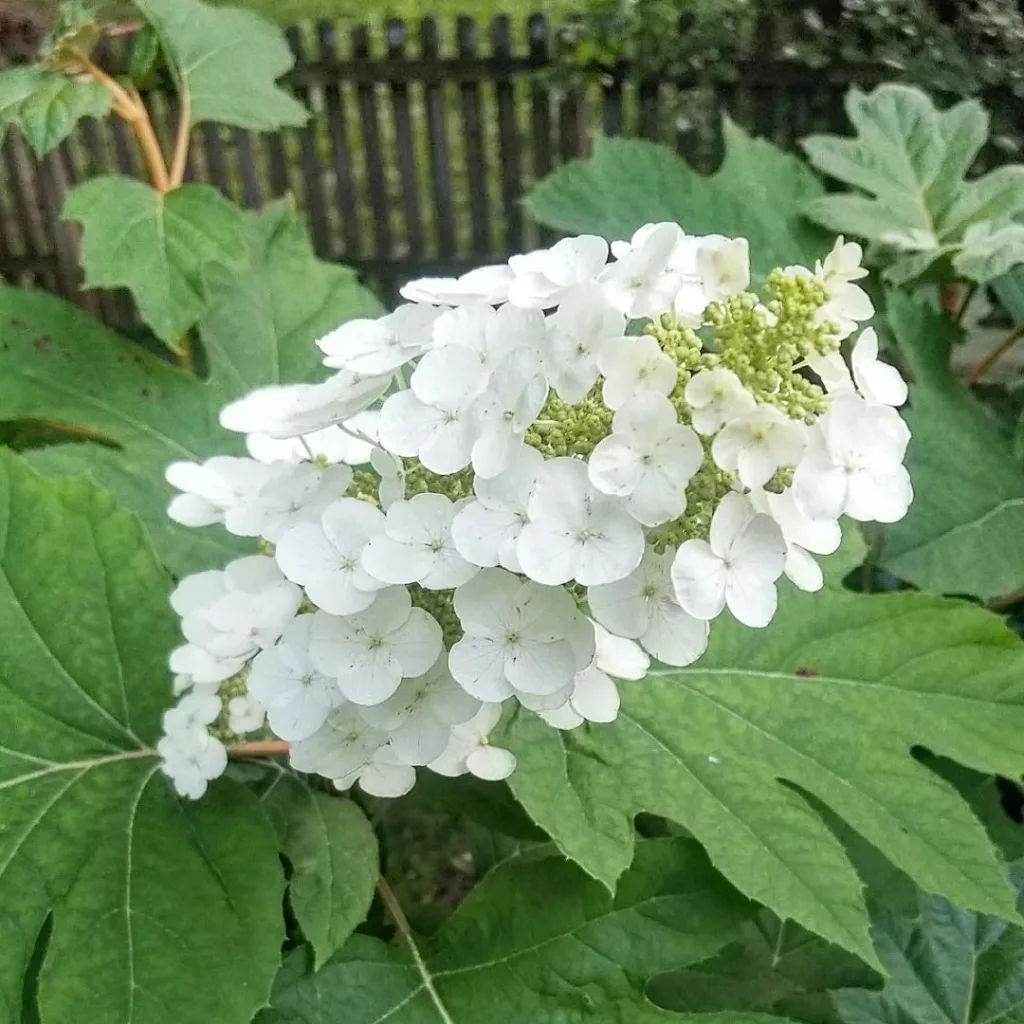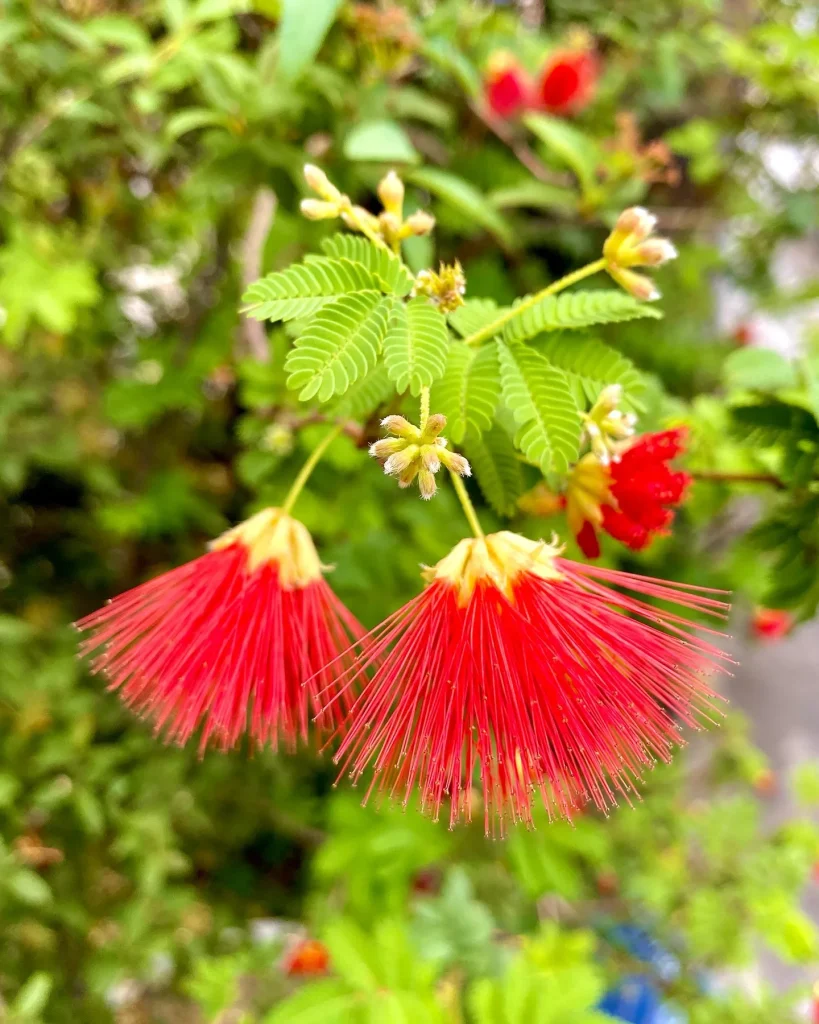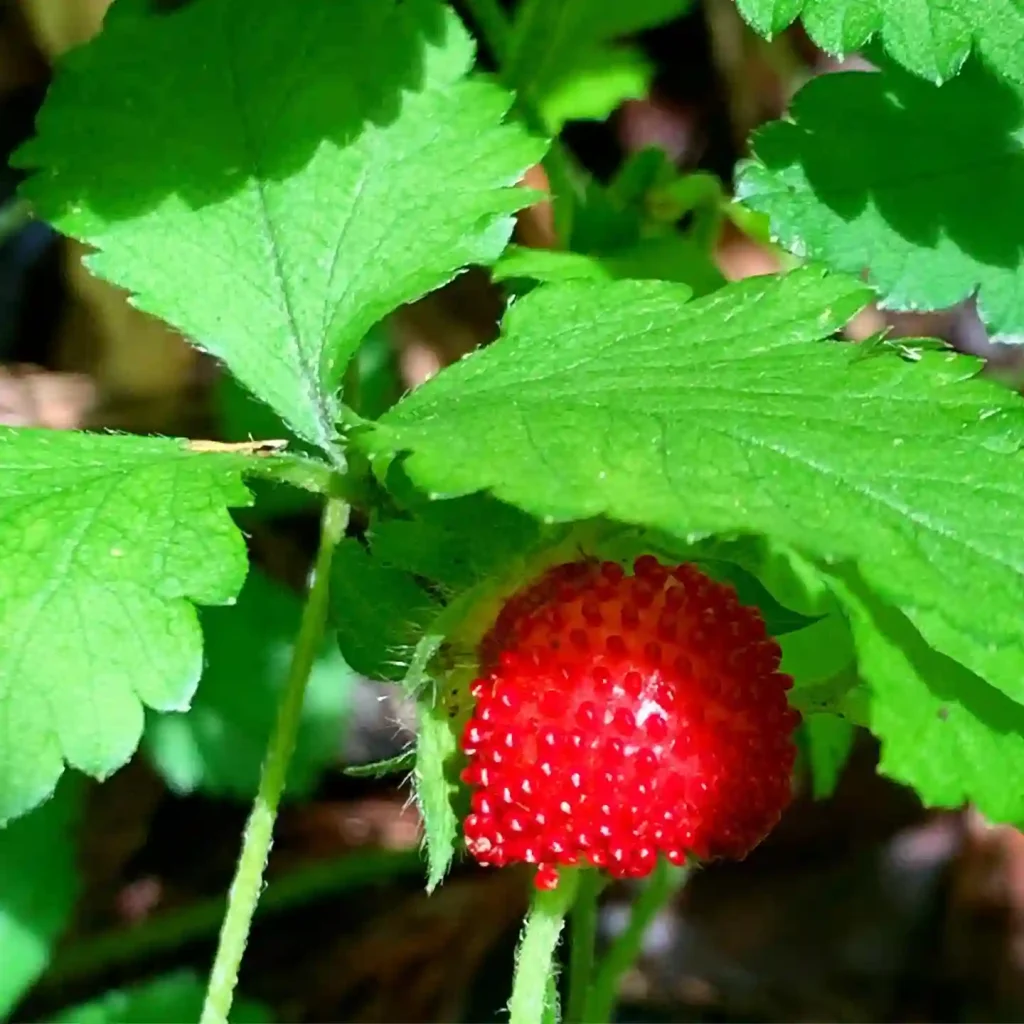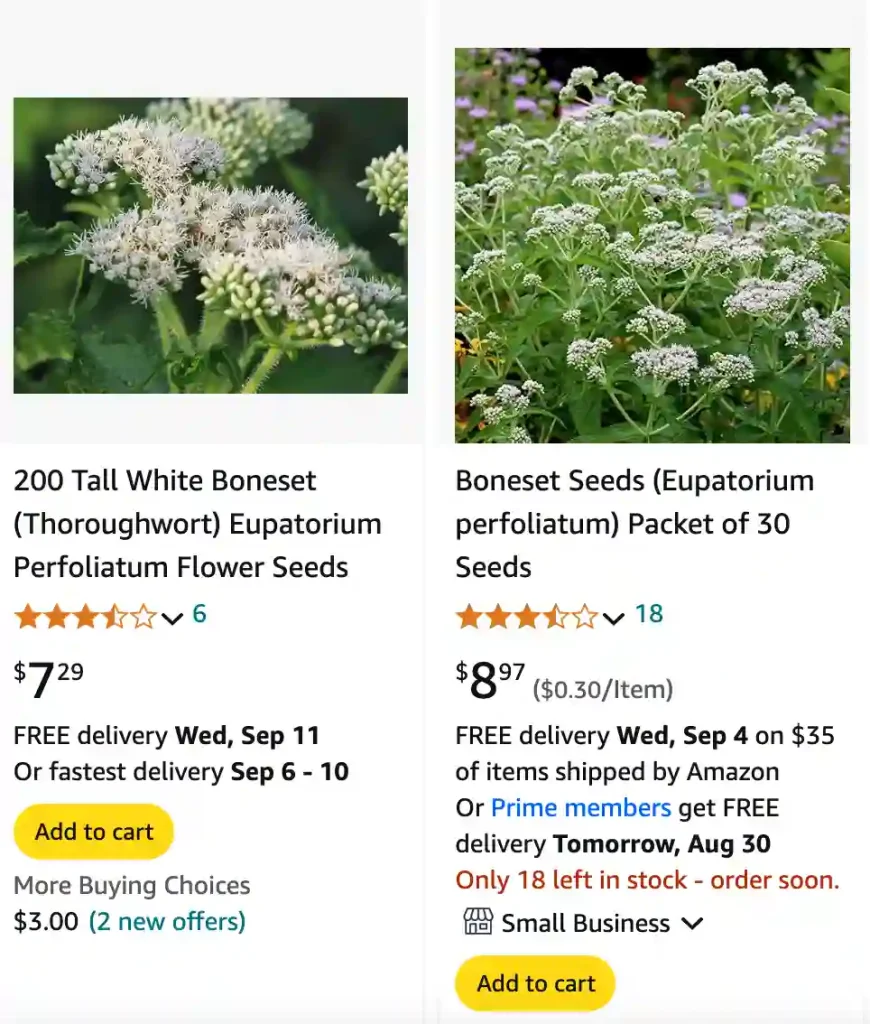
What is Eupatorium Perfoliatum?
Eupatorium Perfoliatum, commonly known as Boneset, is a perennial plant native to North America. This herbaceous plant belongs to the Asteraceae family and is characterized by its distinctive, opposite leaves and clusters of small, white flowers. It’s often found in wet meadows and along stream banks. Boneset has a history of use in traditional medicine and is known for its impressive resilience and adaptability.
68 Species in Genus Eupatorium
What is Eupatorium Perfoliatum Used For?
Boneset has been valued for its medicinal properties for centuries. Traditionally, it was used to treat a variety of ailments, including fevers, colds, and flu. The plant’s name, “Boneset,” reflects its historical use in treating breakbones fever, a term used for severe flu-like symptoms. Its active compounds are believed to have anti-inflammatory and diaphoretic (fever-reducing) effects.
In modern herbal medicine, Eupatorium Perfoliatum is used to support the immune system and to alleviate symptoms of respiratory infections. It’s often included in herbal teas and tinctures aimed at reducing fever and promoting sweating. Additionally, some herbalists use it for its potential benefits in treating joint pain and as a general tonic for improving overall health.
How to Use Eupatorium Perfoliatum?
Eupatorium Perfoliatum can be used in several forms, including teas, tinctures, and capsules. Here’s a breakdown of how to use it effectively:
Tea
To make a tea, steep 1-2 teaspoons of dried Boneset leaves in a cup of boiling water for about 10 minutes. Strain and drink up to three times a day. This method is often used to help with fever and respiratory issues.
Tincture
Boneset tinctures are made by soaking the plant in alcohol. Typically, you take 20-30 drops of tincture diluted in a small amount of water, up to three times a day. This form is more concentrated and is often used for its strong therapeutic effects.
Capsules
For those who prefer a more convenient method, Boneset is also available in capsule form. Follow the dosage instructions on the product label or consult with a healthcare provider for personalized advice.
How to Care for Eupatorium Perfoliatum?
Caring for Eupatorium Perfoliatum involves providing the right growing conditions. It thrives in moist, well-drained soil and prefers partial to full sun. In my garden, I’ve found that keeping the soil consistently moist, especially during hot summer months, is crucial for the plant’s health. Eupatorium Perfoliatum is relatively low-maintenance but benefits from occasional mulching to retain soil moisture.
How to Propagate Eupatorium Perfoliatum?
Propagating Eupatorium Perfoliatum can be done through seeds or division:
Seeds
Start seeds indoors 6-8 weeks before the last frost date. Sow the seeds on the surface of the soil and lightly cover them. Keep the soil moist and provide plenty of light. Once seedlings are large enough, transplant them outdoors after the danger of frost has passed.
Division
You can also propagate Boneset by dividing established plants in the spring or fall. Gently dig up the plant, separate the root clumps, and replant them in a new location.
What to Plant With Eupatorium Perfoliatum?
Boneset pairs well with other native plants that enjoy similar growing conditions. I’ve successfully planted it alongside Purple Coneflower (Echinacea purpurea), Black-eyed Susan (Rudbeckia hirta), and Joe-Pye Weed (Eutrochium purpureum). These companions not only complement the aesthetic of Boneset but also attract beneficial insects and pollinators.
Can You Grow Eupatorium Perfoliatum Indoors?
Eupatorium Perfoliatum is typically grown outdoors due to its preference for natural light and space. Growing it indoors can be challenging as it requires a lot of light and a large container to accommodate its growth. If you choose to try it indoors, ensure it receives ample sunlight and maintain consistent moisture levels.
Is Eupatorium Perfoliatum Toxic?
Boneset is generally considered safe when used appropriately. However, in large quantities, it may cause gastrointestinal upset or other adverse effects. It’s important to use it as directed and consult with a healthcare provider if you have any concerns or are taking other medications.
Benefits of Eupatorium Perfoliatum
The primary benefits of Eupatorium Perfoliatum include its traditional use for relieving flu symptoms, supporting immune function, and its potential anti-inflammatory properties. Its historical significance and continued use in herbal medicine highlight its value as a versatile plant.
Common Problems with Eupatorium Perfoliatum
One common issue with Boneset is its susceptibility to fungal diseases, especially in overly wet conditions. Ensuring good air circulation and avoiding excessive moisture can help prevent these problems. Additionally, it may attract pests like aphids or spider mites, so regular monitoring is beneficial.
Comparing Eupatorium Perfoliatum with Other Plants
When comparing Eupatorium Perfoliatum to similar plants like Echinacea or Elderberry, it’s important to note that while all three have immune-boosting properties, they are used for different purposes. Echinacea is primarily used for its antiviral properties, while Elderberry is often used to treat colds and flu. Boneset, with its history of treating fever and flu, offers a different set of benefits and applications.
In conclusion, Eupatorium Perfoliatum, or Boneset, is a remarkable plant with a rich history and a range of uses. Whether you’re interested in its medicinal benefits or simply want to grow it in your garden, understanding its care requirements and uses will help you make the most of this versatile herb.
If i die, water my plants!
